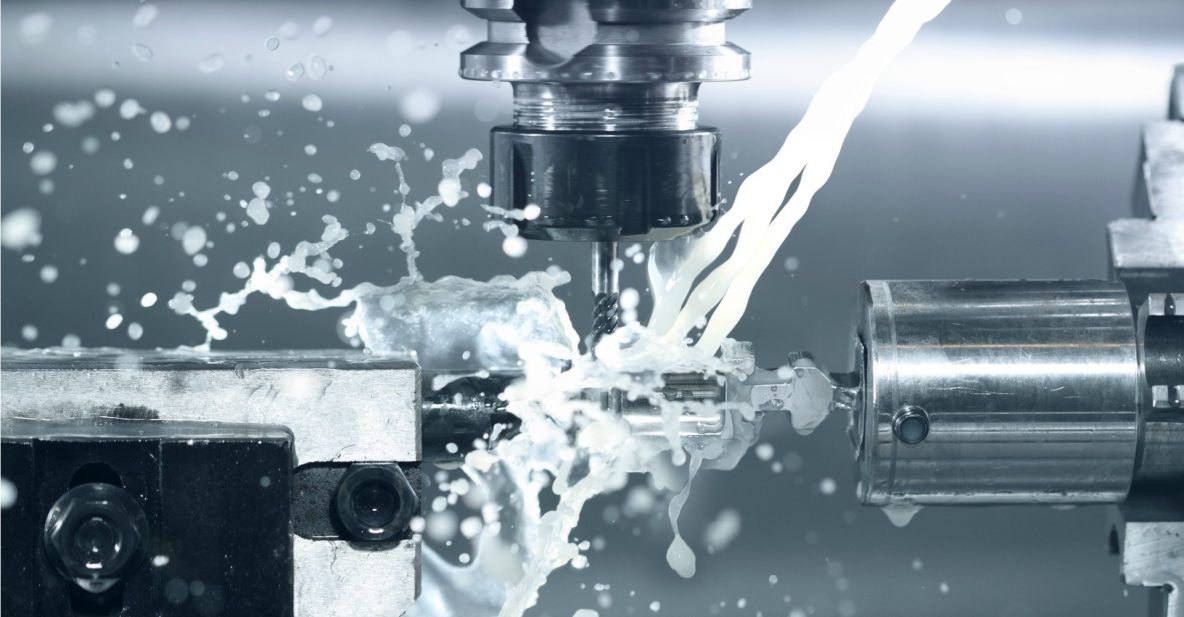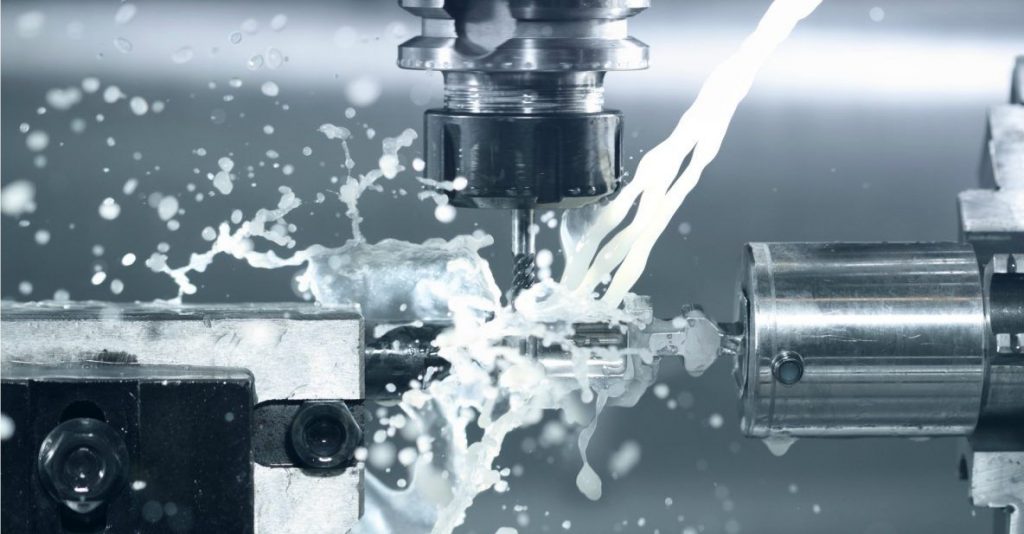Precision CNC machines are dominating the world, nowadays. They are everywhere, even near your home. They are built upon a precision process that gives rise to the so called Precision CNC Machining. If you are interested in discovering more about this process, follow the subsequent paragraphs.
What is Precision CNC Machining?
Precision CNC Machining is the process that allows you to perform several manufacturing tasks without the risk to make mistakes. The process leverages the power of Computer Numerical Control system, namely a computer that, thanks to a software, sends instructions to a machine in order to mill, cut, profiling, shafting or levelling several types of raw materials. Thanks to these instructions, a CNC machine is capable to execute precision works on the same raw materials. While the machine works, it seems as a mechanical robot that replaces the human work with an impressive precision.
Initially, Precision CNC Machining was applied to metals, such as copper, brass, bronze, aluminium and the other metal alloys, while today, the process is used in every field, for any purposes, and not only in manufacturing industry. Today, you can use Precision CNC Machining for ceramic, plastic and fabric, also, and always with the guarantee of a high accuracy of the result.
Precision CNC Machining. How does it work?
As said in the previous paragraph, Computer Numerical Control consists of an automated machine that receives the instructions through a computer. The latter is programmed by a computer engineer, while the machine performs the precision task. Thanks to the automated process, you can choose the type of task you want, such as milling, cutting and so on. The tools of the CNC machine service perform the instructions that a computer sent to them through a numerical sequence.
When the tools perform the tasks, they can repeat the work endlessly. It is the way in which the computer was programmed that starts the process of Precision CNC Machining. Usually, the process consists of seven types of functions: milling, cutting, profiling, boring, shafting, levelling and drilling. However, the most innovative CNC machines can support advanced functions, such as sewing and turning. The latter is a very special function that allows you to shape the material as you want.
The basic function of Precision CNC Machining removes the exceeding part of the raw material, which, in turn, is shaped with the tasks carried out during the process.
But the functions we are described here were also performed in the past by the industrial manual machines.
The difference between CNC machines and manual machines is that the former ones are electrical devices that execute the inputs of a computer. The computer produces a 3D print with the prototypes of the products you want to develop. The 2D or the 3D drawings are followed by a numerical code sent to the CNC machine. To ensure that everything works smoothly, a test run is carried out after the program has been loaded. After the test has been done, the precision CNC machining process starts and can be repeated endlessly to reach the desired results.

This is Rohan, I’m a Digital marketing Expert, Full time Content Writer and founder of BoxerTechnology.com I can help people across the world through my articles. I am sharing the latest stories from companies like Apple, Samsung, Google, and Amazon.





Leave a Reply